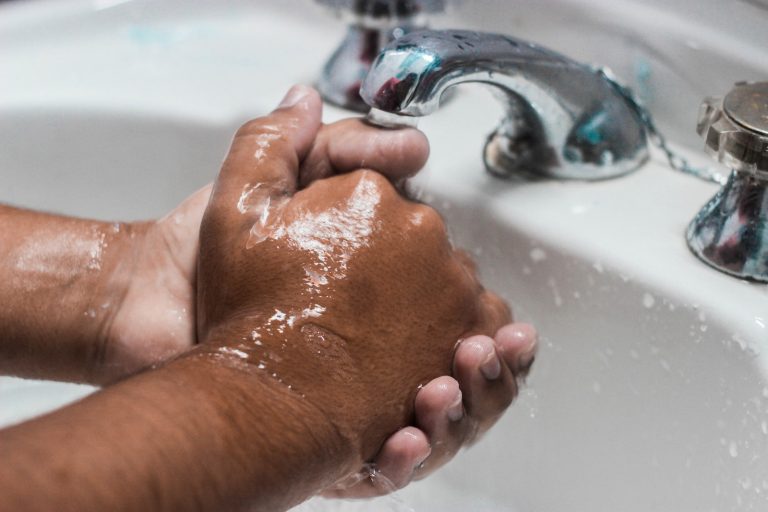Caulk, a highly adhesive material typically used in the sealing of gaps and cracks in homes, can be a challenge to remove from the skin, especially when it dries up. Whether you’re a professional handyman or just a homeowner who loves DIY projects, you’ve probably had to deal with the annoying task of figuring out how to get caulk off hands. This article guides you through the process, offering a variety of efficient techniques, tips, and home remedies to help you manage this common problem.
Caulk: An Essential yet Sticky Problem
Caulk is a versatile sealant, used in various home improvement tasks. It serves as a barrier against air and water, making it perfect for use in kitchens, bathrooms, and other areas prone to moisture. However, its adhesive properties can cause it to stick to your hands during application, creating a messy situation.
Preparing for the Inevitable
Before you start caulking, it’s best to assume that some of it is going to end up on your skin. Reading instructions carefully and getting advice from professionals can help you prepare for the removal process.
Step-by-step Process of Removing Caulk From Hands
Step 1: Oil or Butter Application
Begin the removal process by generously rubbing butter or oil over your hands. This helps in loosening the caulk from your skin. To avoid wasting your cooking essentials, scoop out a portion of butter or oil, rather than using the entire stick.
Step 2: The Baking Soda and Soap Treatment
After applying oil or butter, sprinkle baking soda on your hands and rub them together. Baking soda acts as a mild abrasive, aiding the removal process. You can also use basic hand soap to further cleanse your skin and soften your hands. Warm soapy water will help you remove the old caulk.
Step 3: The Role of Rubbing Alcohol
Rubbing alcohol can also be used to weaken the grip of silicone caulk on your skin. Apply the caulk remover solution over the affected areas and rinse with running water.
Step 4: Plastic Bag Technique
A simple technique involves using a plastic bag to rub your hands together. The plastic material helps to peel off the old caulk from your skin effectively.
Home Remedies to Manage Dried Caulk
Using Heat to Weaken the Caulk
A hairdryer can be used to warm the dried caulk on your skin, making it easier to peel off the residue. Remember to maintain a safe distance to avoid discomfort or burns.
The Acetone Solution
Acetone, often found in nail polish removers, can be used to dissolve dried caulk. Be cautious with the amount of acetone used to avoid inhaling excessive fumes. Remember, acetone contains some harsh chemicals as well.
Preventive Measures for Future Caulking Adventures
Prevention is always better than cure. Here are a few tips to avoid caulk mess in the future:
- Use a caulk gun with a broad nozzle to cover more surface area quickly
- Wait for the new caulk to dry fully before manipulating the surface
- Apply caulk to edges of the project, including inside corners and around doors and window frames
- Avoid contact with water until the caulk has dried
Conclusion
While getting caulk off your hands can be a bit of a task, it’s not an impossible one. By following the steps outlined in this guide, you’ll be able to handle caulk-related mishaps more efficiently. Remember, patience and promptness are key when dealing with caulk removal. So, the next time you dive into a caulking project, keep these tips in mind and you’ll be all set to handle any sticky situation!


0 Comments